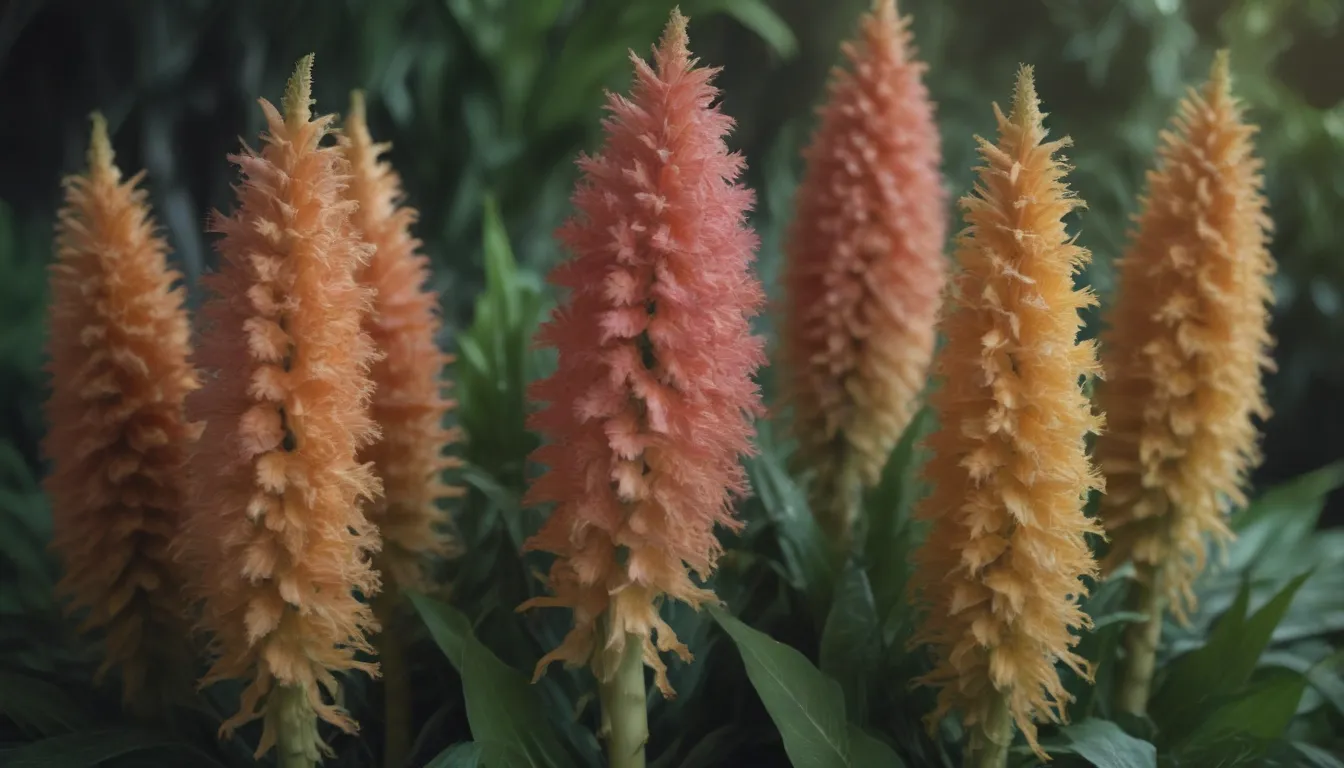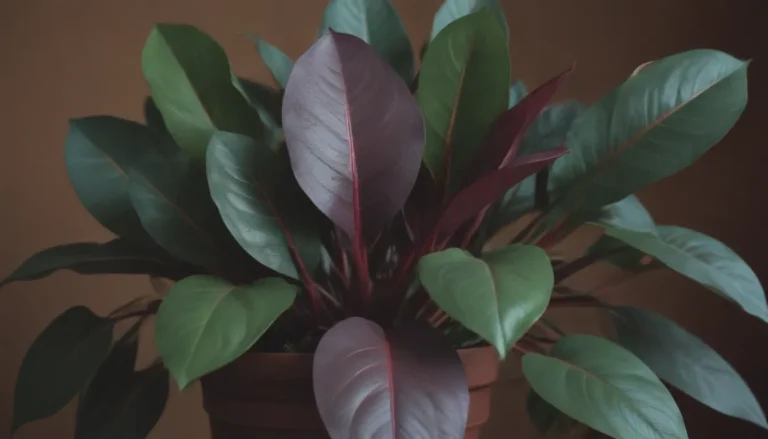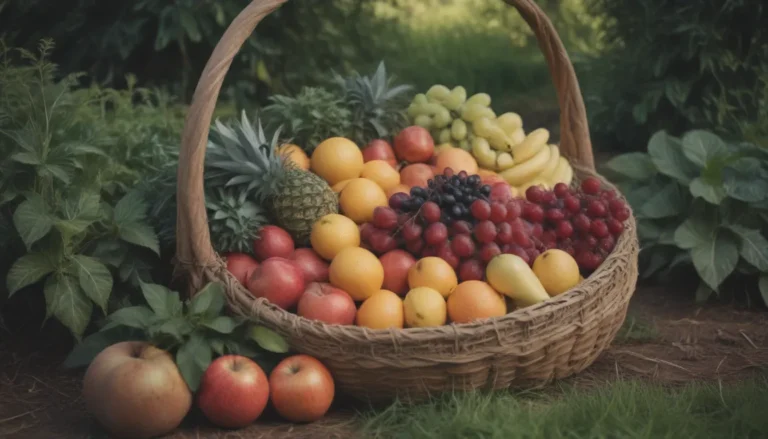The Ultimate Guide to Growing and Caring for Flowering Ginger Plants

Are you a plant enthusiast looking to add some exotic flair to your garden? Then flowering ginger plants might be just what you need! With a stunning array of species to choose from, each with its own unique look, growing and caring for flowering ginger can be a rewarding experience. In this comprehensive guide, we will delve into everything you need to know to successfully cultivate these beautiful plants in your own backyard.
Introduction to Flowering Ginger Plants
The world of flowering ginger plants is teeming with diversity, offering collectors a wide range of options to choose from. From the surreal appearance of pineapple ginger to the vibrant hues of red button ginger, these plants are sure to add a touch of tropical elegance to any garden. While some may associate flowering gingers with Hawaii, many were actually introduced to the island as ornamental plants and can be found in various regions across the globe.
Flowering ginger plants belong to the Zingiberaceaefamily and spread and emerge from rhizomes, which are fleshy root-like structures similar to what you would find in the produce section of a market. The leaves of ginger plants are typically lance-shaped or oblong, deep green, and glossy, adding a lush greenery to any garden space. The flowers of ginger plants vary greatly from one genus to another, with some species blooming throughout the growing season in tropical climates.
Flowering Ginger Care Tips
Caring for flowering ginger plants requires a bit of attention to ensure they thrive and bloom to their full potential. Here are some essential tips to keep your ginger plants healthy and vibrant:
Light
- Ginger plants thrive in filtered light, similar to the conditions found in a rainforest. Plants grown in full sun may experience browning on the foliage margins.
Soil
- Flowering ginger plants prefer organically rich, moist, well-draining soil with near-neutral to slightly acidic pH.
Water
- Water your ginger plants frequently during the growing season, reducing the frequency in fall and winter. Deep watering once a week is preferable to daily showers, aiming for approximately 1 inch of moisture per week.
Temperature and Humidity
- Tropical ginger plants crave high humidity and moist, rich soil. If the plants become too dry, they may stop flowering or even become dormant. Ginger plants prefer temperatures above 50 degrees Fahrenheit.
Fertilizer
- Ginger plants are heavy feeders and benefit from regular fertilization. Consider using a biweekly dose of manure during the summer months or applying a complete flower fertilizer every other month.
Types of Flowering Ginger Plants
The world of flowering ginger plants is vast and diverse, with numerous genera and species to explore. Some of the more common genus names you may encounter include Alpinia, Costus, Hedychium, and Zingiber. To avoid mislabeling and taxonomy issues, it is best to choose plants based on their Latin names. Here are some popular varieties of flowering ginger plants to consider for your garden:
- ‘Beehive Ginger’
- ‘Crepe Ginger’
- ‘Kahili Ginger’
- ‘Pineapple Ginger’
- ‘Red Button Ginger’
- ‘Torch Ginger’
- ‘White Ginger’
Pruning and Propagating Flowering Ginger Plants
To ensure your flowering ginger plants continue to thrive and bloom, it is essential to prune and propagate them properly. Here are some tips on how to maintain and propagate your ginger plants effectively:
Pruning
- Flowering ginger plants bloom on two-year-old canes, so leave any canes that did not bloom in the previous season. Cut down the bloomed canes to the ground after the flowers fade, and prune well in the spring before new growth appears. Remove dead or damaged canes as needed throughout the year.
Propagation
- Flowering ginger plants can be propagated from existing plants through division. Simply separate the rhizomes and plant them in suitable growing conditions to establish new plants.
Potting and Overwintering Flowering Ginger Plants
While most flowering ginger plants are too large to grow indoors, they can thrive in large pots on shaded decks or patios. Growing flowering ginger in containers can prolong their bloom period and allow you to enjoy their beauty up close. When winter approaches, be sure to take the following steps to ensure your plants survive the cold:
- After the first frost, remove withered foliage and dig up the rhizomes to dry out in a protected location.
- Store the dormant rhizomes in sawdust or sphagnum moss, similar to how you would store other tropical bulbs like gladioli or dahlias.
Common Pests and Diseases of Flowering Ginger Plants
Like many plants, flowering ginger plants are susceptible to pests and diseases that can affect their health and vitality. Some common pests that may infest your ginger plants include aphids, mealybugs, ants, red spider mites, and cutworms. Additionally, bacterial wilt and fusarium yellows are common diseases that can cause yellowing leaves and wilted plants. To protect your plants, monitor them closely for signs of infestation and disease, and treat them accordingly.
How to Get Your Flowering Ginger Plants to Bloom
If you are eagerly awaiting the vibrant blooms of your flowering ginger plants, here are some tips to help encourage flowering:
- Flowering ginger plants may not bloom in their first year, so be patient and give them time to establish.
- Ensure your plants receive sufficient warmth and light, with temperatures above 70 degrees Fahrenheit to promote flowering.
- Water your plants regularly and fertilize them with a balanced fertilizer to support healthy growth and blooming.
Growing Ginger From Rhizomes
While some may be tempted to grow ginger from rhizomes bought at the supermarket, it is worth noting that culinary ginger is not the same as flowering ginger. Culinary ginger, such as Zingiber officianale, is commonly used in cooking and differs from the ornamental flowering ginger plants. However, if you come across fresh, viable rhizomes labeled as organic, you can attempt to sprout them in a warm environment to grow your own culinary ginger.
Conclusion
In conclusion, growing and caring for flowering ginger plants can be a rewarding experience for any plant enthusiast. With their exotic blooms and lush foliage, these plants can add a touch of tropical elegance to any garden space. By following the tips and guidelines outlined in this guide, you can successfully cultivate and enjoy the beauty of flowering ginger plants in your own backyard. Let your garden come alive with the vibrant colors and unique shapes of these stunning plants!





